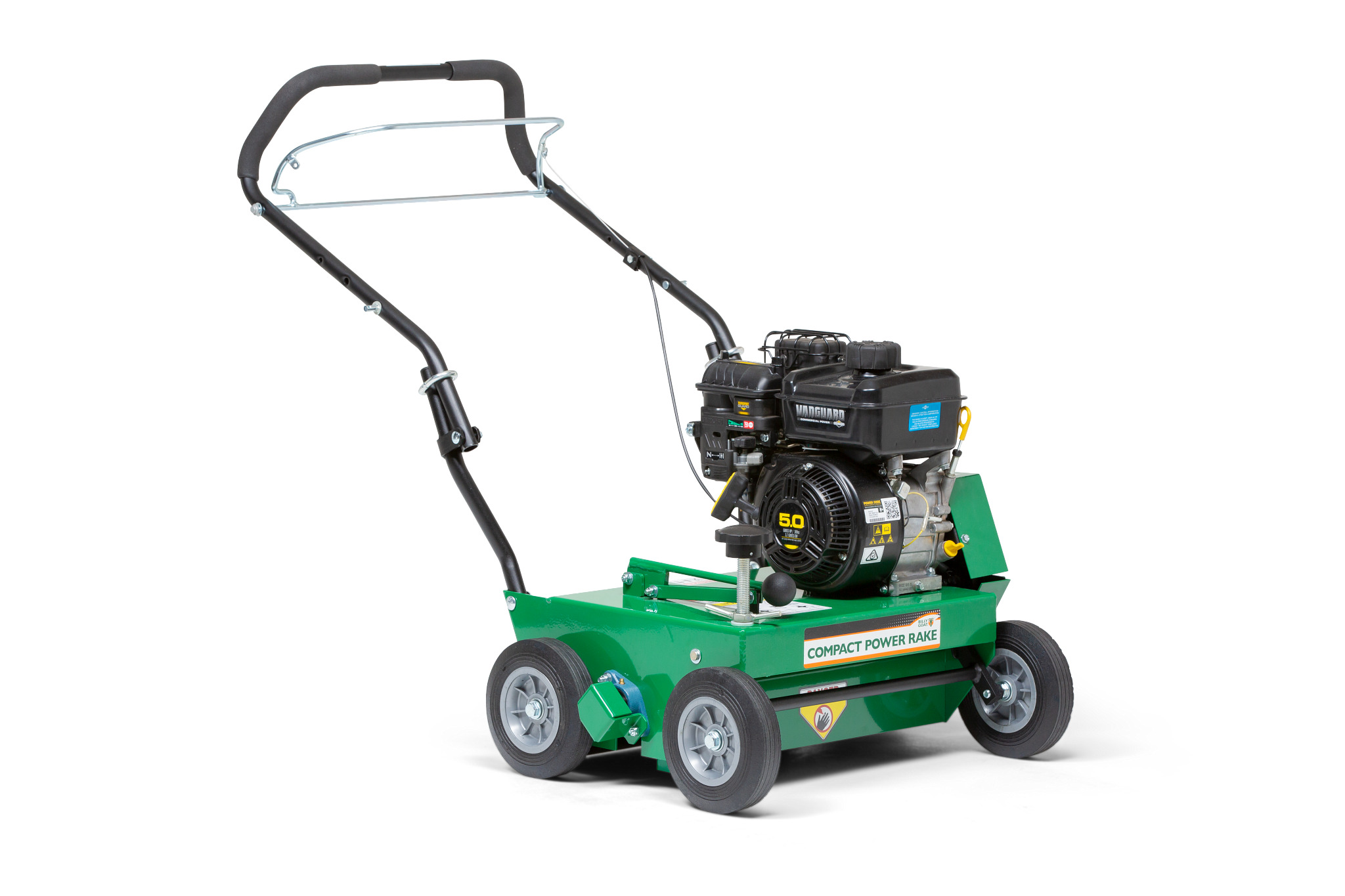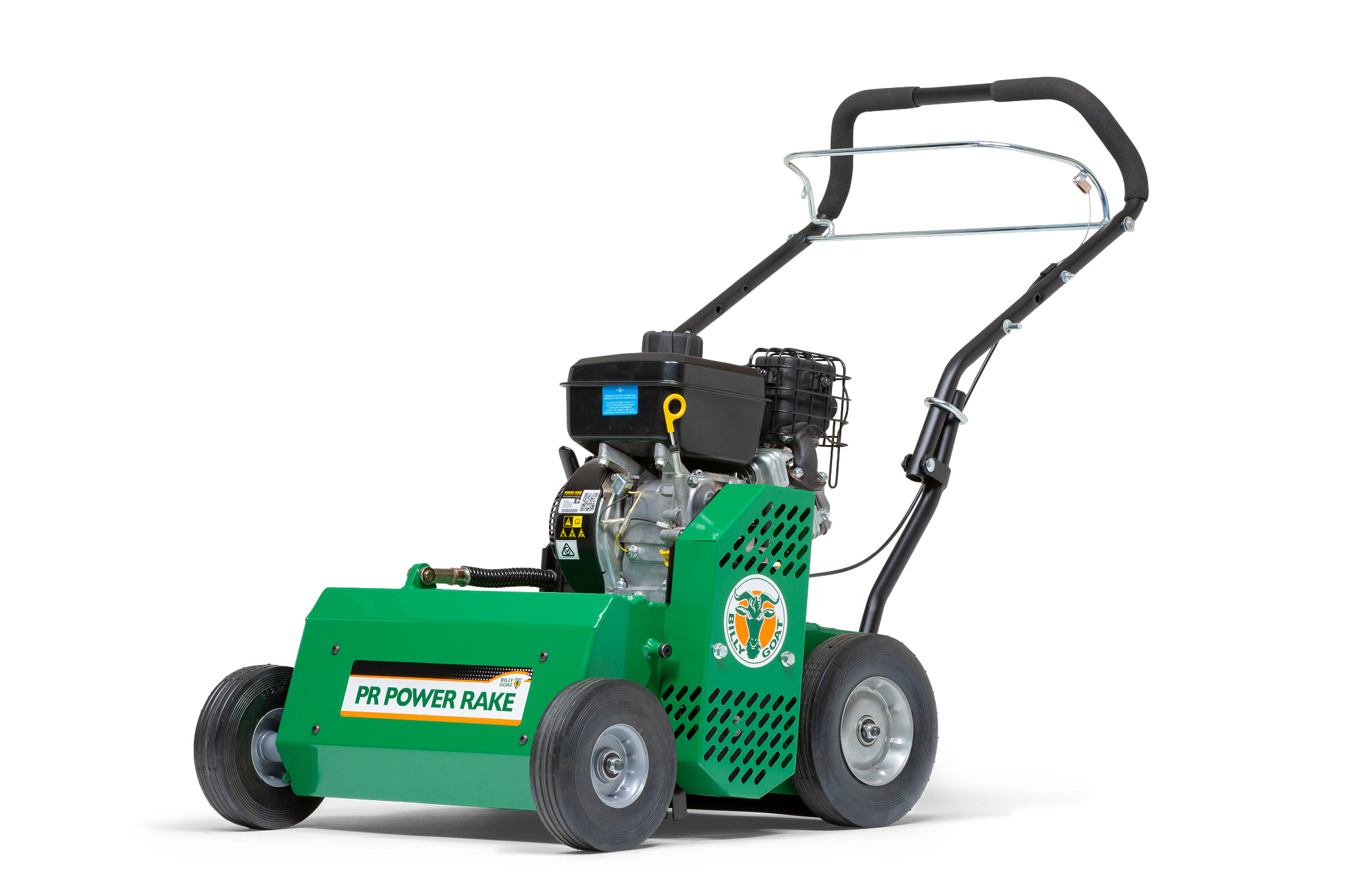A is for Scarifying
A great lawn doesn’t happen by chance – it starts with the right care. Scarifying is your first step to success. As the “A” in the ABC of lawn care, scarifying tackles one of the most common barriers to healthy grass: thatch.
With scarifying, you can breathe new life into any lawn, opening it up to thrive. Ready to learn how? Let’s dig in!
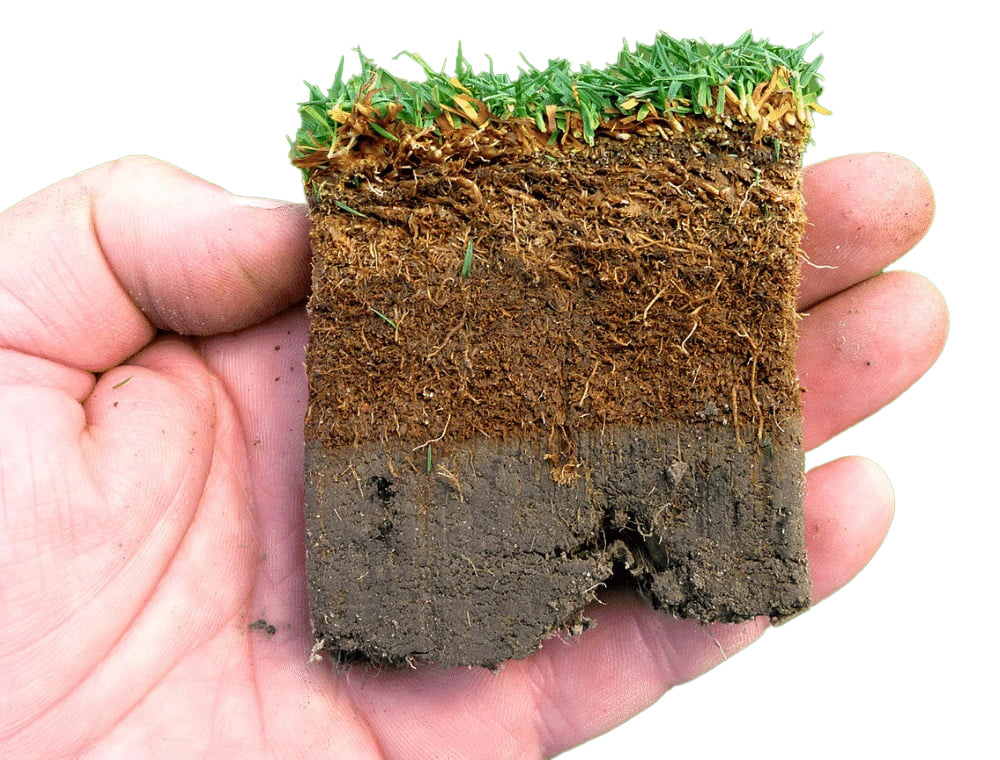
What is thatch, and why should you care?
Thatch is a surface layer of old leaves, clippings, stems, roots, and other organic material that has failed to decompose. This occurs when microorganism activity is insufficient or when too much organic material accumulates.
A moderate thatch layer—about 1 to 1.5 centimetres thick—is generally considered beneficial. It promotes a more weed-free, drought-tolerant lawn with better colour and stress resistance. However, when this layer becomes too thick, it creates several problems:
- Blocks water and nutrients: Excessive thatch acts as a barrier, preventing water, nutrients, and air from reaching the soil.
- Encourages pests and diseases: A thick thatch layer provides an ideal breeding ground for harmful pests and fungi.
- Weakens grass: Without proper nourishment, the grass becomes thin, patchy, and vulnerable to stress and drought.
What causes thatch?
Thatch build-up is caused by various interrelated factors that contribute to its accumulation:
Maintenance habits: Excessive watering, over-fertilising, or improper mulching can all lead to thatch build-up. These habits increase organic matter at a rate faster than microorganisms can decompose it.
Environmental conditions: Compacted or waterlogged soils, as well as imbalanced pH levels, inhibit the natural breakdown of organic material, allowing thatch to pile up.
Biological factors: Poor or new soil may lack sufficient microbial activity to decompose organic debris effectively. This issue is especially common in recently developed lawns or areas with low soil fertility.
Scarifying addresses these issues directly by removing the excess thatch, allowing your customer's lawn to breathe, drink, and thrive again.
Scarifying in a nutshell

A layer of thatch prevents water and nutrients to infiltrate the soil. The grass will not grow properly.
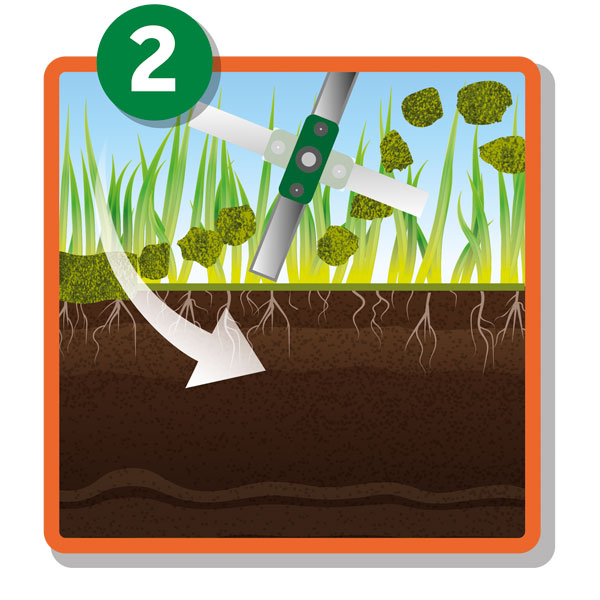
The blades of the flail reel slice through the lawn and pull out the thatch.

The open structure enables nutrients and water to reach the root structure, creating a stronger lawn.
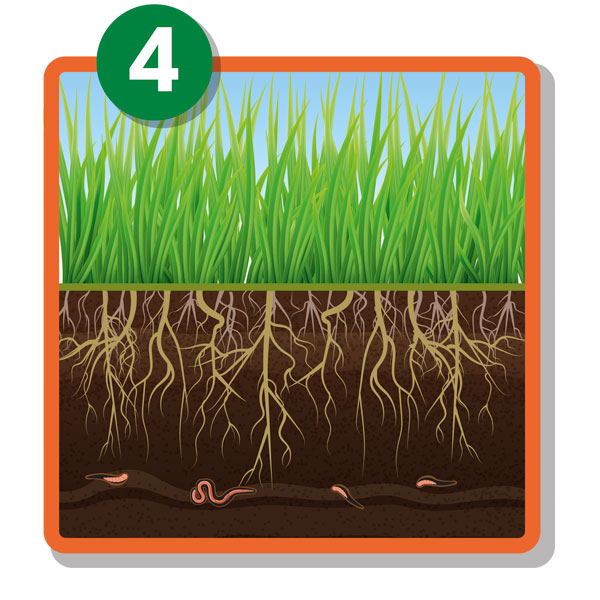
After treatment, the lawn will be lush and more resistant to diseases or droughts.
How to scarify your customer's lawn?
Scarifying doesn’t have to be daunting. With the right tools, you can transform any lawn in just a few steps:
Assess the lawn
Start by checking your customer's lawn for thatch build-up. If the layer is thicker than 12 mm, it’s time to scarify.
Choose the right tool
Billy Goat scarifiers are designed to handle even the toughest jobs with ease. The CR Series is perfect for smaller properties, while the PR Series offers rugged, self-propelled performance for larger areas.
Scarify the lawn
Using a scarifier, the blades of the flail reel slice through the thatch layer, pulling out the matted debris without damaging the healthy grass below. The adjustable depth settings on Billy Goat scarifiers ensure precise results tailored to the lawn's needs.
Clean up
After scarifying, collect the removed thatch and compost it if possible. Your customer's lawn may look a little bare, but don’t worry – it’s part of the process.
Nourish the lawn
After scarifying, you should apply fertiliser and water to encourage new growth. The open soil structure allows nutrients to penetrate deeply, creating stronger, healthier roots.

What to expect after scarifying
After scarifying, the lawn may appear a little sparse, but don’t panic. This is normal! Over time, you’ll notice:
Thicker, lusher grass:
Nutrients and water will reach the roots, promoting healthy growth.
Improved resilience:
The lawn will be better equipped to handle drought, disease, and foot traffic.
A vibrant, green appearance:
Scarifying removes old debris, giving your customer's lawn a fresh start.
Helpful tips for a successful scarifying session
Scarify at the right time: Timing is key to scarifying success. Early spring or autumn is ideal, as these seasons align with active grass growth. This ensures that your lawn has time to recover and flourish. Avoid scarifying in winter or during a drought, as it could stress the grass further.
Don’t overdo it: While it’s tempting to give your lawn a deep clean, be mindful not to go too heavy-handed. One or two passes with your scarifier are enough to remove excess thatch without damaging healthy roots. Going too deep can weaken your lawn and lead to longer recovery times.
Consider overseeding: Scarifying creates the perfect environment for new grass seed to establish itself. After you’ve removed thatch, overseed any bare patches to maintain a uniform, lush look. This step can also introduce hardy grass varieties that will make your lawn more resilient to wear and tear.
Why choose Billy Goat scarifiers?
Billy Goat scarifiers are built to make scarifying easy, effective, and efficient. Whether you’re working on a small garden or a larger property, there’s a Billy Goat scarifier to suit your needs.
Both series feature foldable handles for easy storage and transport, ensuring convenience on top of performance.
Ready to transform any lawn?
Invest in a Billy Goat scarifier and see the difference scarifying can make. Browse our scarifier range to find the perfect fit for any lawn.
While scarifying is a great start, don’t forget about the next steps in the ABC of lawn care: B - Aerating to loosen compacted soil and improve airflow, and C - Overseeding to fill bare spots and enhance grass density. Together, these simple ABC-steps form a complete care routine to keep your customer's lawn thriving!
Download the manual
Want to learn more about our scarifiers? Download the manual for detailed specifications and maintenance tips.
Find a distributor near you
Ready to get started? Find your nearest distributor and take the first step toward a healthier, greener lawn today.




